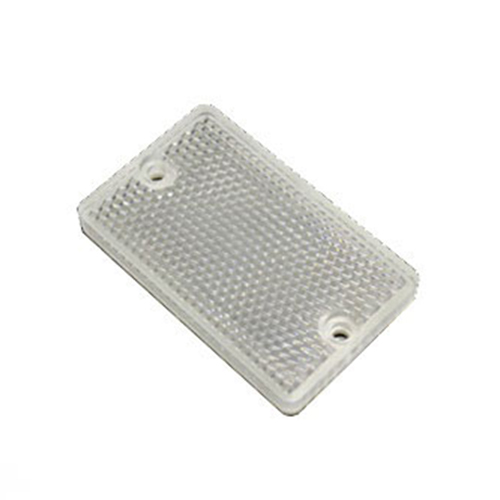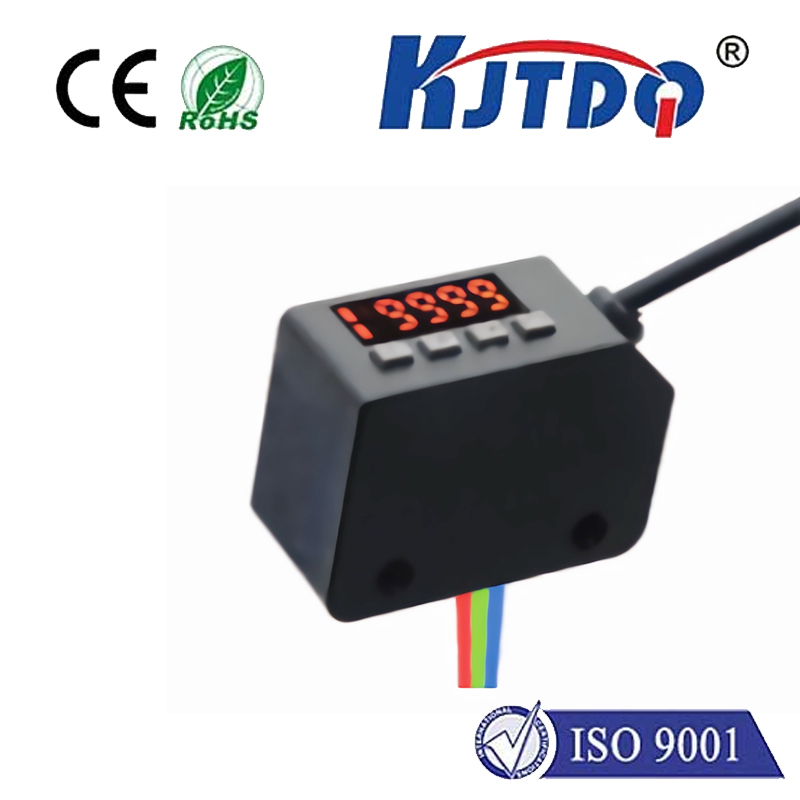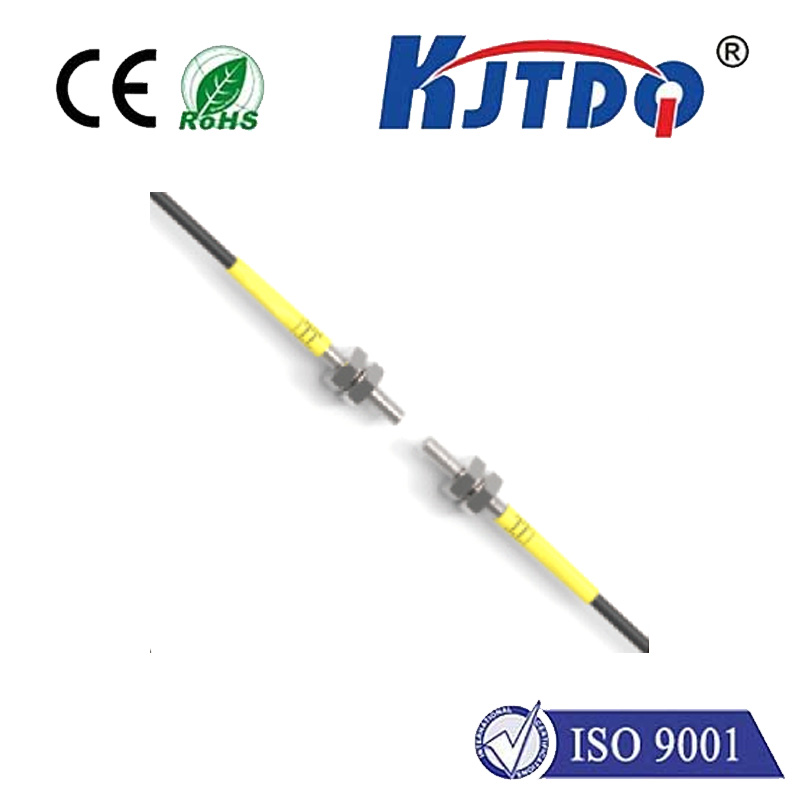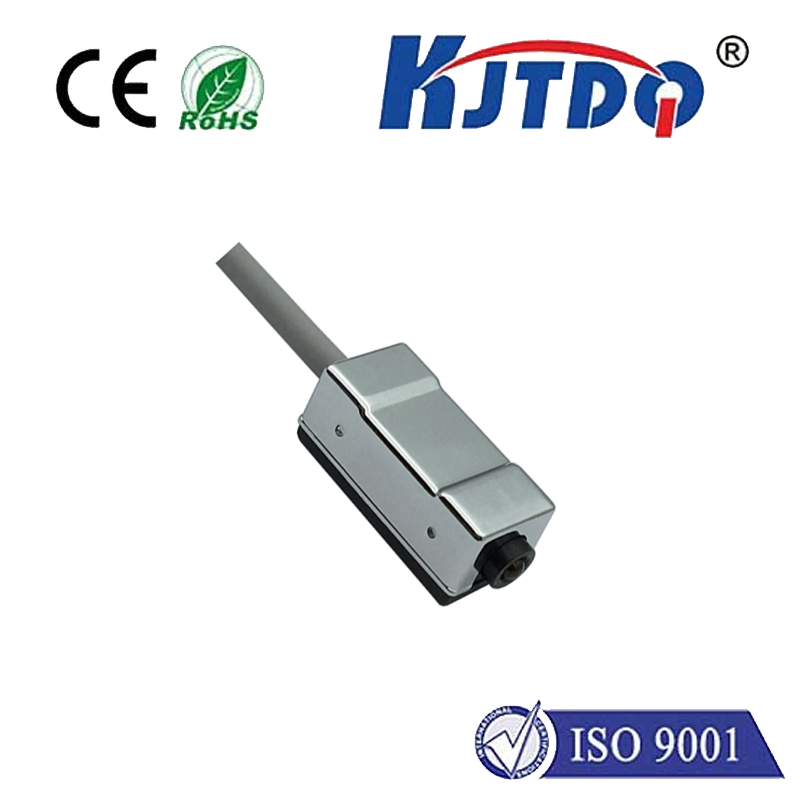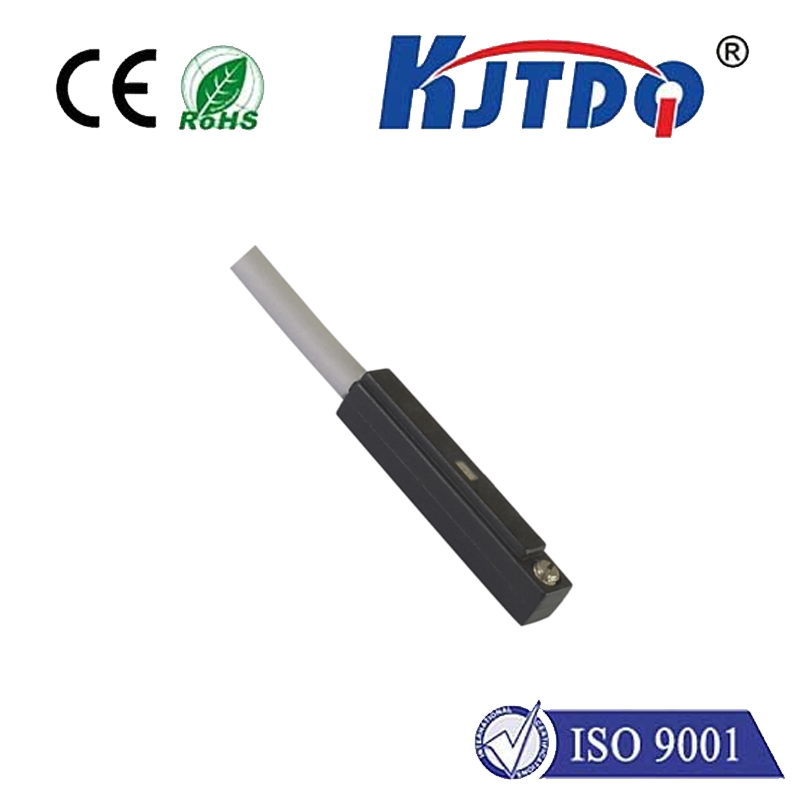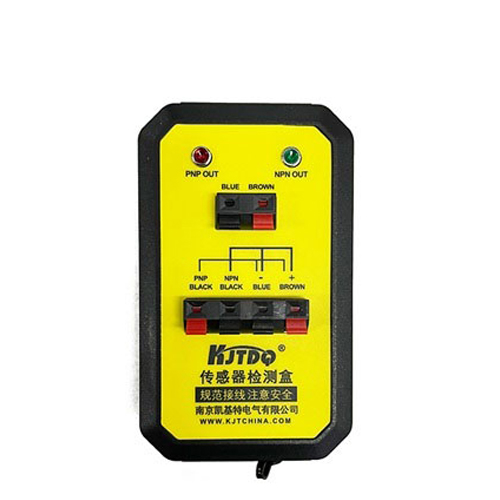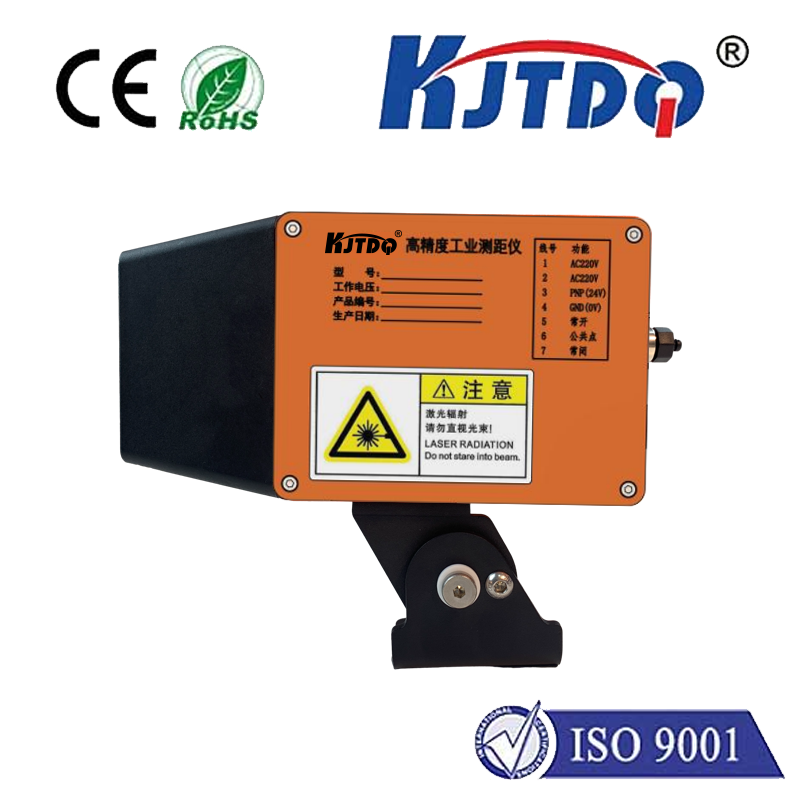proximity sensors are
- time:2025-07-19 08:09:50
- Click:0
What Are Proximity Sensors and Why Are They Everywhere?
Ever unlock your smartphone just by glancing at it? Or hear that reassuring beep helping you park without scraping the bumper? Chances are, a silent, unseen guardian is at work: the proximity sensor. These remarkably versatile devices are the invisible eyes and ears of modern technology, detecting the presence or absence of nearby objects without any physical contact. Far from being niche gadgets, they are fundamental components woven into the fabric of countless applications, making our devices smarter, safer, and infinitely more convenient.
Demystifying the Digital Sixth Sense: How Proximity Sensors Operate
At their core, proximity sensors function by sensing a change in a local field or beam caused by an object entering their detection zone. This non-contact detection is their defining characteristic, eliminating wear and tear while enabling use in harsh or sterile environments. The sensing principle varies significantly depending on the type of sensor and its intended target:
- Inductive Sensors: The workhorses of metal detection. They generate an oscillating electromagnetic field. When a metal object enters this field, it induces small electrical currents (eddy currents) within the metal. The sensor detects the resulting change in the field’s energy (its amplitude or frequency) and triggers a signal. Ideal for industrial automation like counting metal parts, detecting machine tool positions, or ensuring robotic safety.
- Capacitive Sensors: Detect a wider range of materials, including metals, plastics, wood, liquids, powders, and even the human body. They function similarly to capacitors. The sensor acts as one plate, the target object (or ground) acts as the other. As an object approaches, it changes the sensor’s capacitance. The sensor detects this change. Commonly used in touchscreens (detecting a finger hover), level detection in tanks (liquid or granular materials), and object detection on conveyor belts where materials vary.
- Photoelectric (Optical) Sensors: Use light – typically infrared (IR), visible red, or laser – to detect objects. A transmitter emits a light beam, and a receiver detects it. An object is detected when it interrupts this beam (through-beam), reflects it back from the sensor’s own emitter (retro-reflective with a reflector), or reflects the emitted light diffusely back to a receiver mounted alongside the emitter (diffuse reflective). Versatile for detecting objects of nearly any material, position sensing, counting, and even colour differentiation. Found in automatic doors, packaging lines, and printer paper detection.
- Ultrasonic Sensors: Emit high-frequency sound waves and measure the time it takes for an echo to return. Distance is calculated using the speed of sound. Excellent for solid object or liquid level detection over longer distances, unaffected by colour, transparency, or ambient light. Used in parking assist systems, tank level monitoring, and robotic navigation.
- Magnetic Sensors (Reed Switches / Hall Effect): Detect the presence of a magnetic field. Reed switches contain contacts that close when near a magnet. Hall Effect sensors generate a voltage proportional to magnetic field strength. Primarily used for simple presence detection where a magnet is attached to the moving target (e.g., door/window position sensing, speed detection).
The Invisible Engine: Where Proximity Sensors Power Our World
The applications for proximity sensors are staggeringly diverse, demonstrating their fundamental importance:
- Automotive Industry: Essential for safety and convenience. They enable:
- Parking Assistance: Ultrasonic or radar sensors map nearby obstacles.
- Blind Spot Detection: Warn drivers of vehicles in adjacent lanes.
- Automatic Braking: Detect imminent collisions.
- Keyless Entry/Start: Detect the key fob’s proximity to unlock or start the car (often using Low Frequency (LF) inductive principles).
- Driver Alertness Monitoring: Infrared sensors track head position/eye movement.
- Industrial Automation & Manufacturing: The backbone of efficient, safe production lines:
- Position Sensing: Verifying parts are correctly located in machinery.
- Object Detection & Counting: On conveyors or for inventory control.
- End-of-Travel Detection: For moving parts like cylinders or lifts.
- Machine Safety: Creating non-contact safety barriers around hazardous areas.
- Fill Level Control: Capacitive or ultrasonic sensors monitoring tanks and silos.
- Speed Monitoring: Detecting gear teeth or shaft rotation with inductive or magnetic sensors.
- Consumer Electronics & Smart Devices: Enhancing interaction and convenience:
- Smartphones: Detect when the phone is held near the ear during a call, turning off the display to save power and prevent accidental touches. Also used in face unlock systems.
- Tablets/Laptops: Similar display management functions. Some enable gesture control.
- Touchless Faucets/Sinks: Usually infrared or capacitive sensors for hygiene.
- Robotic Vacuums: Ultrasonic and infrared sensors help navigate and avoid obstacles.
- Interactive Displays/Kiosks: Detect user approach to activate or change modes.
- Security Systems: Forming invisible detection perimeters:
- Door/Window Contact Sensors: Magnetic sensors detect openings.
- Motion Detectors: Often use passive infrared (PIR), sometimes combined with microwave or ultrasonic proximity detection.
- Building Automation: Optimizing energy use:
- Occupancy/Vacancy Sensing: Turning lights on/off based on room presence (PIR or ultrasonic).
- Automatic Doors: Photoelectric beams detect approaching people.
Beyond the Basics: The Continued Evolution of Proximity Sensing
The world of proximity sensors is not static. Continuous innovation pushes their capabilities:
- Enhanced Miniaturization: Shrinking sizes enable integration into ever-smaller wearable devices and intricate machinery.
- Improved Range, Accuracy & Selectivity: Better materials and signal processing allow detection over longer distances, with greater precision, and the ability to better discriminate between target objects and background noise.
- Smarter Sensors: Integration with microcontrollers and wireless connectivity (IoT) transforms sensors from simple switches into data points for predictive maintenance and complex system analytics (Industry 4.0).
- Sensor Fusion: Combining outputs from multiple sensor types (e.g., inductive + capacitive, ultrasonic + camera) provides richer environmental context and more reliable detection in challenging scenarios.
The Unseen Force Shaping Interaction
Proximity sensors are far more than obscure electronic components. They are the essential non-contact interface enabling seamless, intuitive, and safe interactions between humans and machines. From the smartphone in your pocket making your life easier, to the robotic arms building your next car with precision, to the systems keeping factories safe and efficient, proximity sensors operate silently in the background. They represent a fundamental transformation in how we detect, measure, and respond to our physical surroundings. Their continued evolution promises even more intelligent, responsive, and integrated technology experiences, solidifying their role as an indispensable and truly ubiquitous element of the modern technological landscape.





